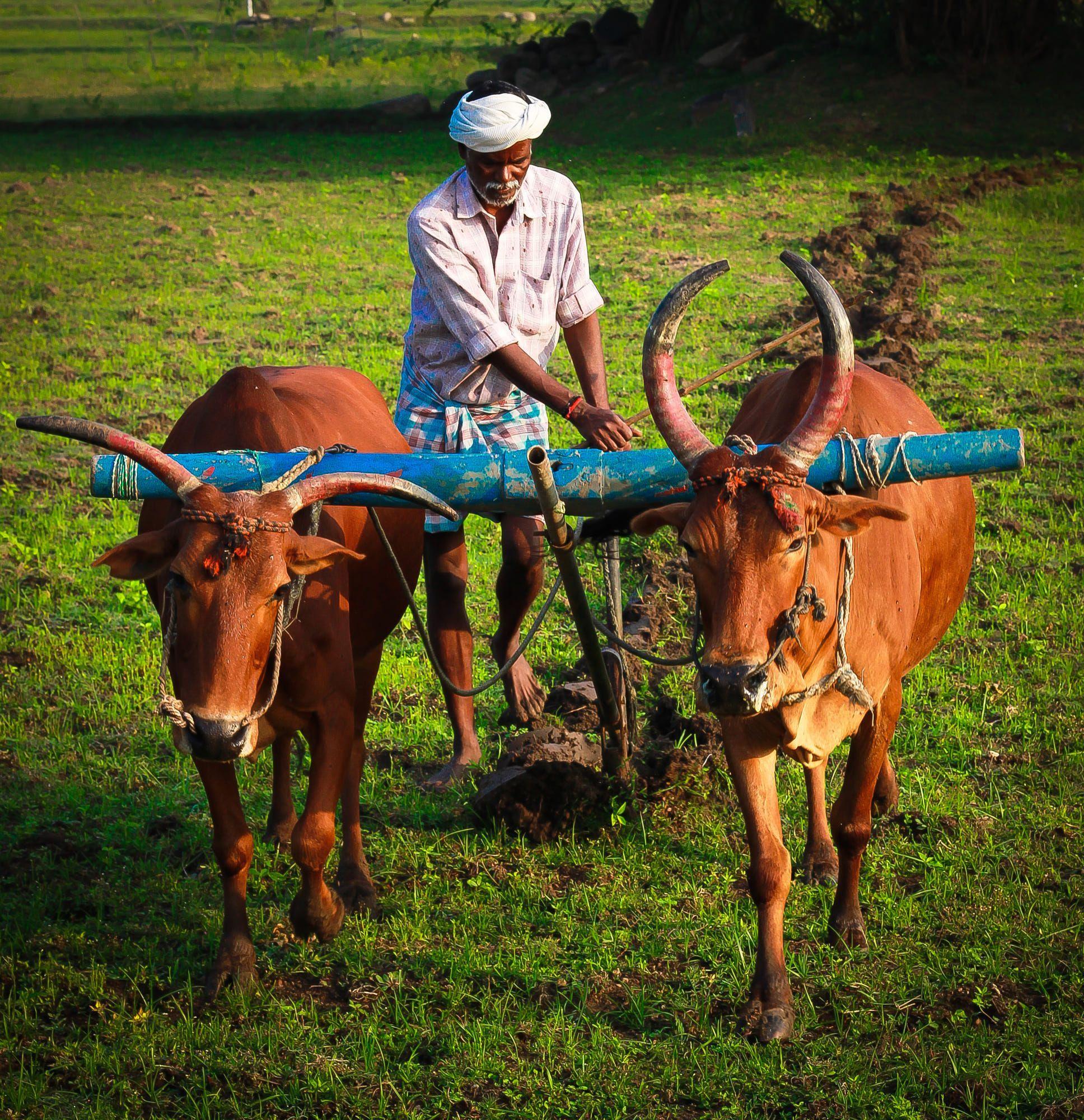Insurance Farmers

In the vast landscape of agriculture, where the elements can be both nurturing and unpredictable, the concept of insurance has become an essential tool for farmers to navigate the risks inherent in their trade. This guide aims to delve deep into the world of agricultural insurance, exploring its significance, the various types available, and how it empowers farmers to safeguard their livelihoods and plan for a sustainable future.
Understanding the Agricultural Insurance Landscape

Agricultural insurance, often referred to as farm insurance, is a specialized form of coverage designed to protect farmers from a range of perils, from crop failures and livestock diseases to damage caused by natural disasters. It is an essential risk management tool, offering farmers financial security and peace of mind in an industry where unpredictability is a constant companion.
The agricultural insurance sector has evolved significantly over the years, adapting to the unique needs of farmers and the challenges they face. From traditional crop insurance to more innovative forms of coverage, the industry has expanded its offerings to provide comprehensive protection.
Types of Agricultural Insurance

Crop Insurance
Crop insurance is the bedrock of agricultural risk management. It provides financial protection against losses resulting from crop damage or failure due to various causes, including adverse weather conditions, pests, and diseases. There are two primary types of crop insurance:
- Multiple Peril Crop Insurance (MPCI): This comprehensive policy covers a wide range of perils, including drought, excessive moisture, frost, and hail. MPCI policies are often tailored to specific crops and regions, ensuring that farmers receive coverage tailored to their unique needs.
- Named Peril Crop Insurance: As the name suggests, this type of insurance covers specific, named perils such as fire, lightning, or wind damage. It is typically more affordable than MPCI but offers a narrower scope of protection.
Livestock Insurance
Farmers who raise livestock also face unique risks, from diseases that can decimate herds to accidents and natural disasters that can lead to significant financial losses. Livestock insurance provides coverage for a range of scenarios, including:
- Mortality Insurance: This policy covers the death of livestock due to accident, illness, or injury. It is particularly important for high-value animals like breeding stock or show animals.
- Dairy Cattle Insurance: Specialized insurance for dairy farmers, this policy covers the loss of income resulting from the death or illness of dairy cattle. It can also provide coverage for decreased milk production due to illness or injury.
- Livestock Transportation Insurance: As the name implies, this insurance covers the risks associated with transporting livestock, including accidents and injuries sustained during transit.
Hail and Fire Insurance
Hail and fire insurance is a critical component of agricultural risk management, as these two perils can cause significant damage to crops and structures. It provides coverage for losses resulting from:
- Hail damage to crops, such as hail-induced bruising or shattering of grain.
- Fire damage to structures like barns, sheds, and grain storage facilities.
- In some cases, this insurance may also cover losses due to smoke damage or explosions.
Farm Property Insurance
Farm property insurance protects the physical assets of a farm operation, including buildings, equipment, and personal property. It can cover losses due to:
| Peril | Coverage |
|---|---|
| Fire | Damage or destruction of buildings and structures. |
| Lightning | Electrical damage caused by lightning strikes. |
| Windstorm | Damage from high winds, including tornadoes and hurricanes. |
| Hail | Damage to roofs, vehicles, and crops. |
| Explosion | Damage caused by explosions, including those from stored fuels. |
| Riots | Damage resulting from civil unrest. |
| Aircraft | Damage caused by aircraft or objects falling from aircraft. |
| Vandalism | Malicious damage to property. |
| Theft | Loss or damage due to theft. |

Liability Insurance
Liability insurance is essential for farmers to protect themselves from lawsuits and other legal claims. It provides coverage for:
- Premises Liability: This covers accidents that occur on the farm property, such as a visitor slipping and falling on a wet floor.
- Product Liability: For farmers who sell products, this insurance protects against claims arising from defective products or improper packaging.
- Worker's Compensation: This insurance covers medical expenses and lost wages for employees injured on the job.
The Impact of Agricultural Insurance
Financial Security and Peace of Mind
The primary benefit of agricultural insurance is the financial security it provides. In the event of a covered loss, farmers can receive compensation to help cover their expenses and maintain their operations. This is particularly crucial in the face of natural disasters or unexpected crop failures, which can be devastating financially.
Risk Management and Planning
Agricultural insurance empowers farmers to make informed decisions and plan for the future. By understanding the risks they face and the potential financial implications, farmers can develop comprehensive risk management strategies. This may include diversifying crops, investing in preventative measures, or adjusting farming practices to reduce the likelihood of losses.
Sustainable Farming Practices
The availability of agricultural insurance also encourages sustainable farming practices. With insurance coverage in place, farmers can adopt innovative and environmentally friendly methods without the fear of financial ruin. This may include practices such as organic farming, precision agriculture, or soil conservation techniques, all of which contribute to a more sustainable and resilient agricultural sector.
Real-World Examples and Case Studies
Crop Insurance in Action
Consider the case of a wheat farmer in Kansas who experienced a severe drought during the growing season. Without crop insurance, the farmer would have faced a devastating financial loss. However, with an MPCI policy in place, the farmer received compensation for the lost yield, allowing them to cover their operating expenses and plan for the next growing season.
Livestock Insurance: A Real-Life Story
In the Midwest, a dairy farmer faced a devastating outbreak of bovine tuberculosis in their herd. The farmer had invested heavily in their dairy operation, and the loss of their herd would have been catastrophic. Fortunately, they had purchased dairy cattle insurance, which provided coverage for the loss of income and the costs associated with testing and treating the affected animals.
The Future of Agricultural Insurance

As the agricultural industry continues to evolve, so too will the insurance sector. Here are some key trends and future implications:
Precision Agriculture and Data Analytics
The rise of precision agriculture and data analytics is already impacting the agricultural insurance industry. With advanced sensors and satellite imagery, insurers can collect real-time data on crop health, weather conditions, and yield potential. This data-driven approach allows for more accurate risk assessment and the development of tailored insurance products.
Climate Change and Extreme Weather
Climate change is expected to bring more frequent and severe weather events, posing significant challenges for farmers. Agricultural insurance providers will need to adapt their policies to cover these new risks, ensuring that farmers have the necessary protection in an increasingly volatile climate.
Sustainable and Organic Farming
The demand for sustainable and organic farming practices is growing, driven by consumer preferences and environmental concerns. Agricultural insurance will play a crucial role in supporting these practices, offering coverage for organic certification costs, sustainable farming techniques, and the potential risks associated with these methods.
Expert Insights and Tips
Conclusion
In conclusion, agricultural insurance is a vital tool for farmers, providing financial security, peace of mind, and the ability to plan for the future. With a range of insurance options available, farmers can tailor their coverage to their unique needs, ensuring they are protected against the various risks inherent in agriculture.
By understanding the different types of agricultural insurance and staying informed about industry developments, farmers can make informed decisions to safeguard their livelihoods and contribute to a resilient and sustainable agricultural sector.
What are the key benefits of crop insurance for farmers?
+Crop insurance provides financial protection against losses due to various perils, such as adverse weather conditions, pests, and diseases. It helps farmers manage risk, maintain financial stability, and plan for future growing seasons with confidence.
How can livestock insurance benefit dairy farmers specifically?
+Dairy cattle insurance provides coverage for the loss of income resulting from the death or illness of dairy cattle. It also covers decreased milk production due to illness or injury, which is a significant concern for dairy farmers. This insurance helps protect their livelihood and ensures financial stability.
What is the role of agricultural insurance in promoting sustainable farming practices?
+Agricultural insurance supports sustainable farming by providing coverage for organic certification costs and sustainable farming techniques. With insurance protection, farmers can adopt environmentally friendly practices without the fear of financial loss, contributing to a more sustainable and resilient agricultural sector.



